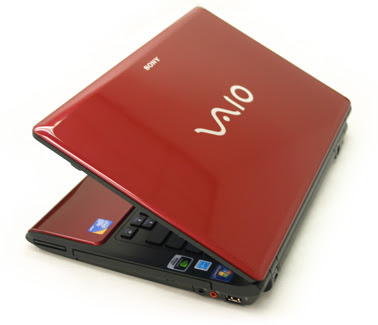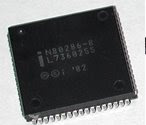While it’s fun to target the latest Intel “Extreme” processor and hear about the performance tweaks that have been implemented over the previous iteration, the fact is that most buyers can’t afford to drop $1,000 on a CPU, or even $200-$300 for its still-powerful but more affordable siblings. Even Intel is aware that people are still satisfied with a Pentium dual-core processor instead of a Core i5; according to Fudzilla, Intel projects that Pentiums not only will outsell Core i3s, i5s, and i7s this first quarter of 2010, but also Core 2 Duos and Core 2 Quads. In other words, the company’s humbler assistance will outpace all of the other boxed Intel CPUs, including the few bargain-priced (and -powered) Celerons that will still be available.
While the latest games and certain applications like Adobe Photoshop or Premiere Pro can make use of some of that extra processing horsepower, most people are using Microsoft Office, surfing the Web, and maybe doing their taxes on their PCs. They can run multiple applications like these at the same time and use Windows 7 with a Pentium-based PC. Most users don’t need Hyper-Threading and Turbo Boost technologies, and certainly won’t pay for them with the economy still in flux.
In case you’re curious, here’s the approximate breakdown in terms of projected sales of Intel’s other boxed processors:
- Celeron (both single and dual core), 11%
- Core 2 Duo, 12%; Core 2 Quad, 7%
- Core i3, 5%; Core i5, 5%; Core i7, 2%
- Core i9, 4%.







